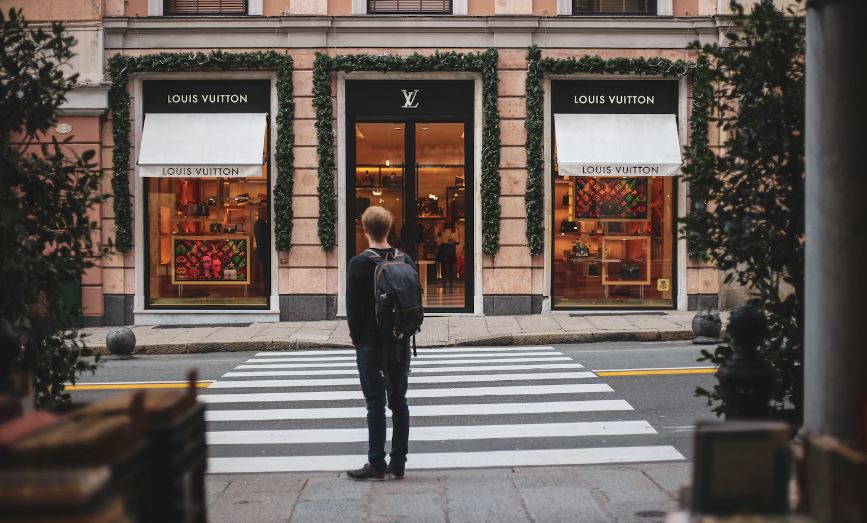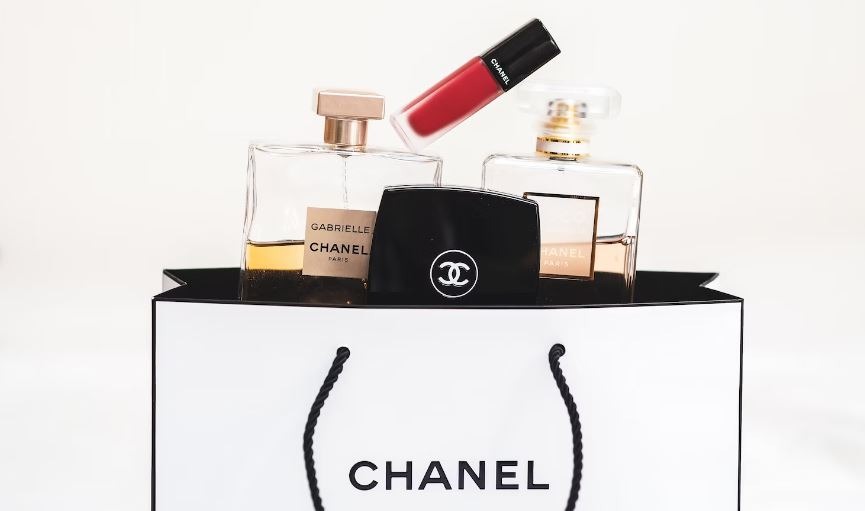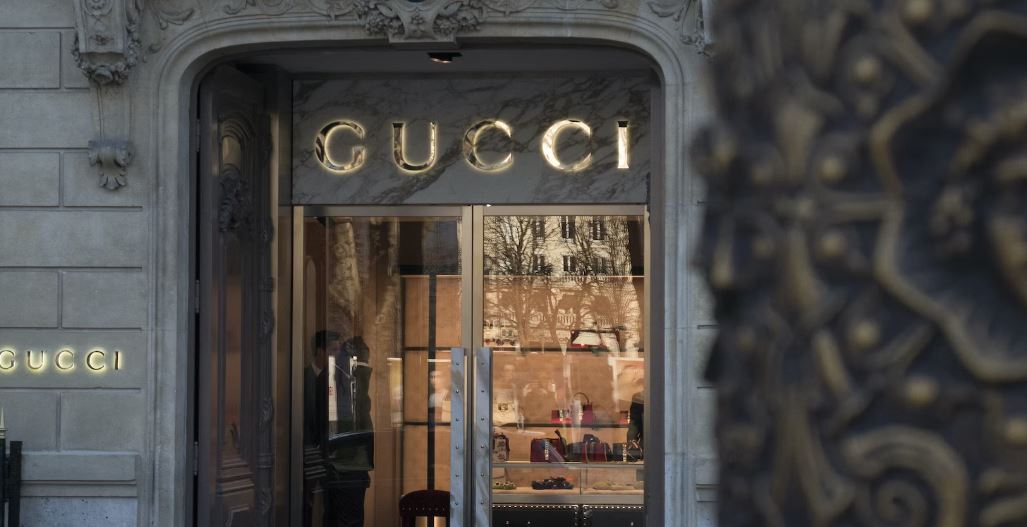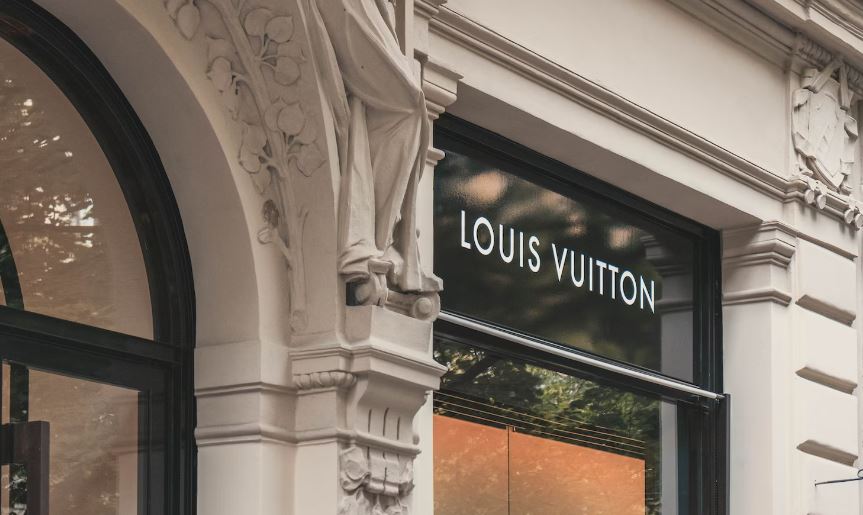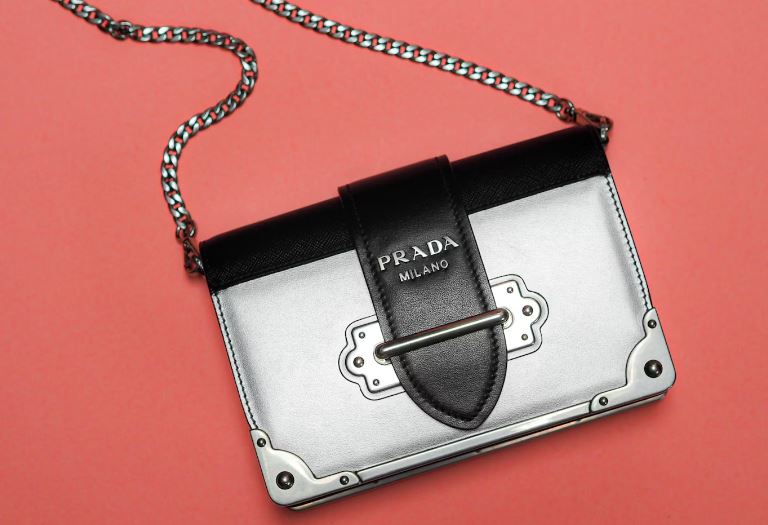Introduction
Luxury brands occupy a unique position within the context of the world of fashion, style, and exclusivity. These brands do more than just sell products; rather, they stand for an entire way of life, make a statement, and are taken as a symbol of sophistication. Consumers’ attention has been captured for decades by luxury brands, whether it be due to the exquisite craftsmanship of the products, the luxurious materials that are utilized, or the air of prestige that surrounds them.
You are going to learn some fascinating information about luxury brands that will shed light on their history, influence, and the captivating allure that continues to enchant people all over the world as you progress through this investigation. The realm of luxury brands is full of captivating stories and details that make them more than just commodities; rather, they are works of art, legacies, and a testament to human creativity. These stories range from iconic logos that contain hidden meanings to one-of-a-kind collaborations that break the mold. Continue reading to learn more about these fascinating insights into the world of luxury brands and to develop a deeper appreciation for the craftsmanship and innovation that define luxury brands.
Interesting Facts About Luxury Brands
1. Chanel
Coco Chanel, the legendary founder of the Chanel brand, began her career as a singer at a café in the French capital of Paris. (She was a cabaret singer when she first became known by her stage name, Coco.) She opened her first store in Paris, France, in 1913, where she sold hats, with the money that she had earned from singing. Soon after, she branched out into the clothing and accessories industry, and the rest, as they say, is history. Jersey fabric, which had previously only been used for men’s underwear, was one of the first fabrics that Chanel used in her garments, making her one of the first designers to use jersey fabric.
Chanel was the first fashion house to show women walking the runway while wearing pants. When Coco Chanel was spotted wearing pants in Venice, it sent shockwaves through the fashion industry. Chanel is credited with revolutionizing women’s fashion with her classic designs. She liberated women from the confinement of “dresses in which one can’t move.”
2. Dolce & Gabbana
Domenico Dolce and Stefano Gabbana, two Italian fashion designers, launched their namesake company, Dolce & Gabbana, in 1985. They initially met in a club five years earlier, and after that, they both worked as assistants for the designer Giorgio Correggiari in Milan. The openness with which Dolce and Gabbana discussed their relationship during the 1980s and 1990s was not as common as it is today. Their willingness to talk openly about their relationship was a major factor in the increased acceptance of LGBTQ+ people who work in the fashion industry, which helped to break down barriers.
3. Gucci
The luxury brand Gucci is well-known for its frequent partnerships with notable artists, designers, and other luxury goods companies. Tom Ford, Elton John (with proceeds benefiting the Elton John AIDS Foundation), Harry Styles, Adidas, Balenciaga, Disney, North Face, Xbox, and several other notable brands and artists have worked together on projects for the brand.
Some luxury brands provide membership programs that come with exclusive perks. For example, members of Gucci’s “Gucci 9” get early access to new product launches and invitations to special events.
Rodolfo Gucci, Guccio Gucci’s son and namesake of the company, is responsible for the design of the floral printed scarves that have made the company famous. Gucci is an Italian luxury brand that produces fashion and leather goods. In 1996, Grace, the Princess of Monaco, commissioned the first version of the signature scarf to be made especially for her. The high-end fashion products that Gucci produces help to define what modern luxury fashion is.
4. Burberry
Thomas Burberry, who was only 21 years old when he started the company, established Burberry in 1856. He created the brand to shield people from the severe weather in Britain. It was established in 1854, making it one of the oldest fashion houses still in operation, along with Hermès (1837) and Louis Vuitton (1854).
5. Ralph Lauren
Ralph Lauren began his career as a salesman for the tie manufacturer Beau Brummel, where he eventually persuaded the company president to allow him to launch his brand under the name Polo. He started his brand with it. In a short time after that, the Ralph Lauren Corporation.
6. Tiffany & Co.
The company that would later be known as Tiffany & Co. was established in 1837 by Charles Lewis Tiffany and John B. Young as a store that sold stationary and fancy goods. It wasn’t until the late 1840s that they started concentrating on making fine jewelry. Additionally, Tiffany’s was the first company to market the idea of a “branded engagement ring.” In 1886, they debuted what came to be known as the “Tiffany Setting,” which helped propel their company to the forefront of the diamond and bridal industries.
7. Alicia + Olivia
Stacey Bendet was unable to locate the ideal pair of pants, which served as an inspiration for the creation of the Alice + Olivia brand. She wanted to attend a party wearing high-waisted pants with wide legs, but she was unable to find any options that were appropriate for both her fashion sense and her physique. As a result, in the year 2002, she decided to design her pants. Since then, Alice + Olivia has grown to become one of the most well-known brands due to the vivid colors, daring prints, and figure-flattering silhouettes that are featured in their clothing.
8. Kate Spade
Kate Spade worked as an accessories editor at Mademoiselle magazine before launching her fashion line. During her time there, she observed that the market lacked options for fashionable handbags that were also within a reasonable price range. In 1993, she and her husband Andy Spade established the brand, which subsequently caused a sea change in the realm of brightly colored fashion.
9. Yves Saint Laurent
It is well known that Yves Saint Laurent has a soft spot in his heart for animals. Even more impressively, in 1971 he designed an entire fashion collection based on the concept of his French bulldog Moujik. This collection consisted of apparel and accessories that featured prints of his dog’s head and body in various poses.
10. Louis Vuitton
It’s safe to say that Louis Vuitton is one of the most well-known brands currently available. Even though the brand has been in the public eye for a considerable amount of time, there are still a few things about the brand that the general public isn’t aware of.
For the past seven years in a row, it has been ranked as the most valuable luxury brand in the entire world. However, an intriguing aspect of this French brand is that any unsold items produced by LV are shipped back to the factory where they are destroyed by fire to maintain the high quality and reputation of the brand.
Technology is being incorporated into luxury goods. The “LV Pass” is a blockchain-based authentication system that was released by Louis Vuitton in 2019 to combat the sale of counterfeit goods and authenticate high-priced items.
11. Armani
In 1975, Giorgio Armani established the Italian luxury house that bears his name. This particular brand is responsible for the production as well as the retail sale of ready-to-wear clothing, haute couture garments, shoes, leather goods, accessories, and home interiors.
Armani is all about current styles and characteristics. The powerhouse even featured David Beckham in two of its underwear campaigns alongside his wife Victoria Beckham, who is a former member of the girl group the Spice Girls.
However, the majority of people are unaware of the fact that the brand was the first to prohibit models with a Body Mass Index of less than 18 from participating in its fashion shows. This is something that most people do not know about the brand.
12. Paul Smith
Paul Smith, a British designer, built his reputation based on the designs he created for men’s clothing. However, what you don’t know about the royal designer house is that each of his garments comes with a mystery that is carefully concealed. His garments are like a stronghold, hiding a multitude of mysteries behind their outward appearance. There is always a hidden secret inside his clothes, whether it be a pattern on the inner side of the collar of a coat or deep inside the pockets of his jacket.
13. Versace
Gianni Versace is an Italian luxury fashion house that is well-known for the extravagant and outlandish clothing it produces. Jennifer Lopez’s appearance on the red carpet of the 42nd Grammy Awards wearing an out-of-the-ordinary green silk chiffon dress designed by Versace helped the brand earn a place in the annals of fashion history. After that, a flood of people searched the internet for J. Lo’s outfit. This prompted the team at Google to begin work on the image search feature of the website.
14. Prada
When you think of Prada, luxurious leather handbags and other fashion accessories likely come to mind. As a result, the fact that the LG phone designed for Prada was the first mobile device to be commercially available with a fully operational touch screen may come as a surprise to you. And bear in mind that this was several months before Apple released the iPhone.
15. Clive Christian
Luxury perfume brands are responsible for the creation of one-of-a-kind aromatic experiences. The bottle of “No. 1” by Clive Christian, which features a diamond-studded collar around the neck, is recognized as the most expensive perfume in the world by the Guinness World Records.
16. Stella McCartney
Sustainability is becoming an increasingly important factor for luxury brands. For example, Stella McCartney is known for her dedication to creating fashion that is kind to animals and the environment, challenging the notion that luxury brands are insensitive to social and environmental issues.
17. Hermés
Since it was first introduced in 1937, the Hermès silk scarf, also known as the “Carré,” has remained a classic fashion accessory. It is estimated that one is purchased somewhere in the world every 25 seconds.
18. Hugo Boss
Luxury brands are known for their exploration of unusual materials. Piatex, an alternative to leather made from pineapple fibers, has been used by brands such as Hugo Boss to demonstrate their dedication to innovation and sustainability in their business practices.
Conclusion
To summarize, the realm of luxury brands is a sector rich in cultural significance, technological advancement, and fascination. These brands are more than just consumer goods; rather, they are the very definition of handcrafted quality, refined taste, and prestigious standing. Every luxury brand has a long and illustrious past, with origins that are frequently surprising. These brands have developed over time into symbols of opulence and sophistication.
Luxury brands are constantly pushing boundaries and redefining standards, which can be seen in everything from the iconic designs that have rewritten the history of fashion to the collaborations that are helping to close the gap between art and commerce. Discerning customers all over the world are consistently won over by the allure of limited editions, the painstaking attention to detail, and the unwavering commitment to exclusivity. While luxury brands are adjusting to the changing times, they are embracing modern ideas like inclusivity, technology, and sustainability. This reflects a more contemporary approach while still maintaining the luxury brand’s core values. Not only do these brands adorn individuals, but they also play a role in shaping trends, starting conversations, and reflecting the spirit of the times in which they were created.
In a world where fashions come and go, luxury brands remain constant, evoking a sense of admiration and aspiration that goes beyond the acquisition of material possessions. Because the history of luxury brands is a testament to the fusion of art, commerce, and culture, it serves as a reminder that true luxury is not just about products but rather an embodiment of human creativity, achievement, and the pursuit of beauty.

